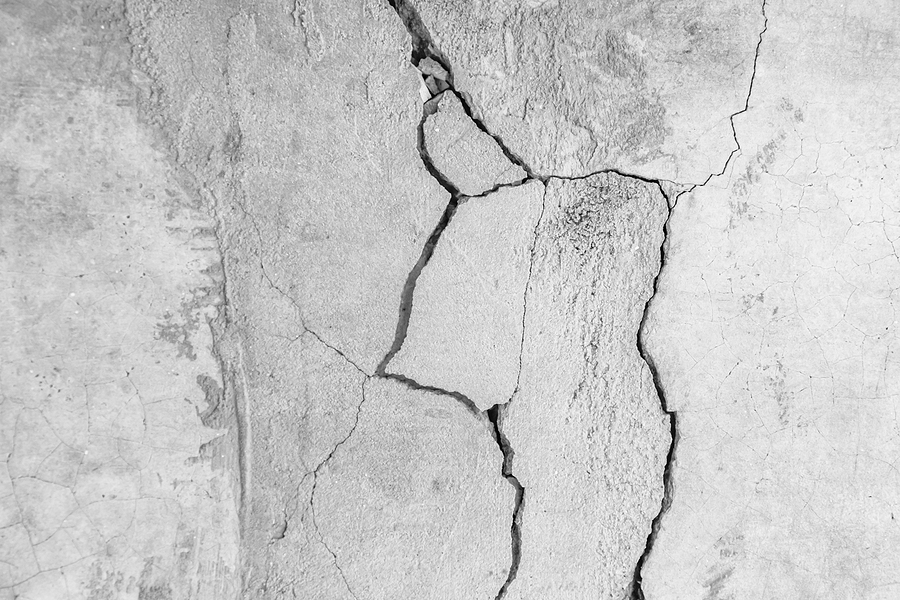Concrete is the material that made the 20th century and enabled the construction of vast skyscrapers and other considerable, versatile construction projects.
From some of the tallest buildings in the world to the Hoover Dam, most large scale structures and construction projects would not be possible without concrete.
However, like most construction materials, there will come a point where cracks will occur, but the causes of these can vary significantly based on nearby moisture levels, levels of tensile stress and vibrations.
Here are some common causes of cracks in concrete and their effects on concrete repairs.
Water-Based Shrinkage
Moisture causes many different materials to increase and decrease in size, from wood to some porous stones, to even human beings. Concrete is no exception to this, and since water is a major material in producing concrete, once that evaporates the concrete may start to shrink.
This process causes stress on the concrete itself, and as it is a rigid material that does not respond well to tensile forces, it can lead to cracks forming.
The best way to avoid this is to use less water in the concrete mix, which can also make the concrete less pliable and easy to place, but this can be mitigated through the use of other additives to improve plasticity.
Alternatively, reinforcement materials such as rebar and synthetic materials can help with this.
Heat Expansion
Conversely, the ambient temperature can also affect concrete by causing it to expand. Once it expands it will push anything it can out of the way until it reaches a material that cannot flex and crack as a way to relieve that force.
This is the reason why rubber, wood or asphalt is used as an expansion joint to help relieve that expansion stress.
Settling Cracks
Sometimes, a crack is caused by the ground underneath it settling, typically when a trench is dug underneath a concrete structure or a tree is removed from near a concrete structure and the soil is not compacted as a result.

